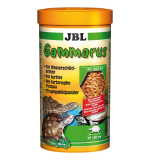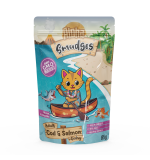Sulcata tortoises (*Centrochelys sulcata*), also known as African spurred tortoises, are one of the largest tortoise species in the world and can make fascinating pets. Known for their impressive size and unique appearance, they require a significant commitment in terms of space and care. Here’s a comprehensive guide on how to care for a sulcata tortoise:
### 1. **Habitat Setup**
#### Enclosure
- **Size**: Sulcata tortoises require a large enclosure, ideally **at least 100 square feet** for adults. The larger the space, the better, as they are active and need room to roam.
- **Type**: Outdoor enclosures are ideal, as they allow for natural sunlight and grazing opportunities. However, they can also be kept indoors in large enclosures if outdoor access isn't possible.
#### Substrate
- **Options**: Use a mixture of soil, sand, and grass hay to allow for digging and to help maintain humidity. Avoid cedar or pine shavings, as these can be harmful.
- **Depth**: The substrate should be deep enough (6-12 inches) to allow for burrowing, which is a natural behavior for sulcatas.
#### Hiding Spots
- **Shelter**: Provide a shelter where they can retreat from the sun or inclement weather. This can be a simple wooden box or a tortoise house.
- **Basking Area**: Set up a designated basking area with flat stones or logs to help them regulate their body temperature.
### 2. **Temperature and Lighting**
#### Temperature
- **Basking Spot**: 95°F - 100°F (35°C - 38°C)
- **Cool Side**: 75°F - 85°F (24°C - 29°C)
- **Nighttime Temperature**: 60°F - 70°F (16°C - 21°C)
#### Lighting
- **UVB Lighting**: Provide a high-quality UVB light to help synthesize vitamin D3, which is essential for calcium absorption. This is particularly important for indoor tortoises.
- **Photoperiod**: Maintain a 12-14 hour light/dark cycle to simulate natural conditions.
### 3. **Humidity**
- **Levels**: Sulcata tortoises thrive in lower humidity levels, typically around **30% - 50%**. Ensure that the enclosure has good ventilation to prevent excessive humidity buildup.
- **Water Source**: Provide a shallow water dish for drinking and soaking. This helps with hydration and can aid in shedding.
### 4. **Feeding**
#### Diet
- **Herbivorous Diet**: Sulcata tortoises are primarily herbivores. Their diet should consist of:
- **Grasses**: Timothy hay, Bermuda grass, and other grass hay should make up the bulk of their diet.
- **Leafy Greens**: Offer dark leafy greens such as collard greens, kale, and dandelion greens.
- **Occasional Treats**: Limited fruits like strawberries or melons can be offered occasionally as treats.
#### Calcium and Supplements
- **Calcium**: Dust food with a calcium supplement (without phosphorus) several times a week to prevent metabolic bone disease.
- **Avoid**: Avoid feeding high-protein foods, such as pellets designed for other types of tortoises or animals, as this can lead to health issues.
### 5. **Handling**
- **Temperament**: Sulcata tortoises are generally friendly and can become accustomed to handling. However, they are large animals and can be heavy, so be cautious when lifting them.
- **Frequency**: Limit handling during the first few weeks to allow them to acclimate to their new environment. Once they are comfortable, handling sessions can be increased.
### 6. **Health Care**
- **Regular Checks**: Monitor your tortoise for signs of illness, such as lethargy, lack of appetite, or abnormal behavior.
- **Shell Care**: Keep an eye on the shell for any signs of pyramiding or softening. A well-balanced diet and adequate UVB exposure are crucial for shell health.
- **Veterinary Care**: Regular check-ups with a reptile-savvy veterinarian are recommended, especially if you notice any health issues.
### 7. **Behavior and Enrichment**
- **Activity**: Sulcata tortoises are active and enjoy exploring their environment. Providing a large area with obstacles can encourage natural behaviors.
- **Environmental Enrichment**: Create varied terrain with plants, logs, and rocks to stimulate exploration and foraging behavior.
### 8. **Breeding**
- **Breeding Season**: Breeding usually occurs in the spring. Males may show courtship behaviors, such as head bobbing and chasing.
- **Egg Laying**: Females will lay eggs in a burrow. If breeding, provide a suitable nesting area.
### 9. **Lifespan and Growth**
- **Lifespan**: With proper care, sulcata tortoises can live 50 years or more in captivity.
- **Growth Rate**: They grow rapidly, especially in the first few years, and can reach weights of 80-100 pounds or more as adults.
### 10. **General Tips**
- **Research**: Always research thoroughly and understand the specific needs of sulcata tortoises before bringing one home.
- **Community**: Joining online forums or local tortoise groups can provide valuable support and resources for new owners.
- **Legal Considerations**: Check local regulations regarding the ownership of sulcata tortoises, as some areas have restrictions.
### Conclusion
Sulcata tortoises can make incredible pets with their gentle nature and fascinating behaviors. However, they require significant space and care. By providing a suitable environment, proper diet, and regular attention, you can enjoy the companionship of a healthy and thriving sulcata tortoise for many years. If you have any specific questions or need further information, feel free to ask!

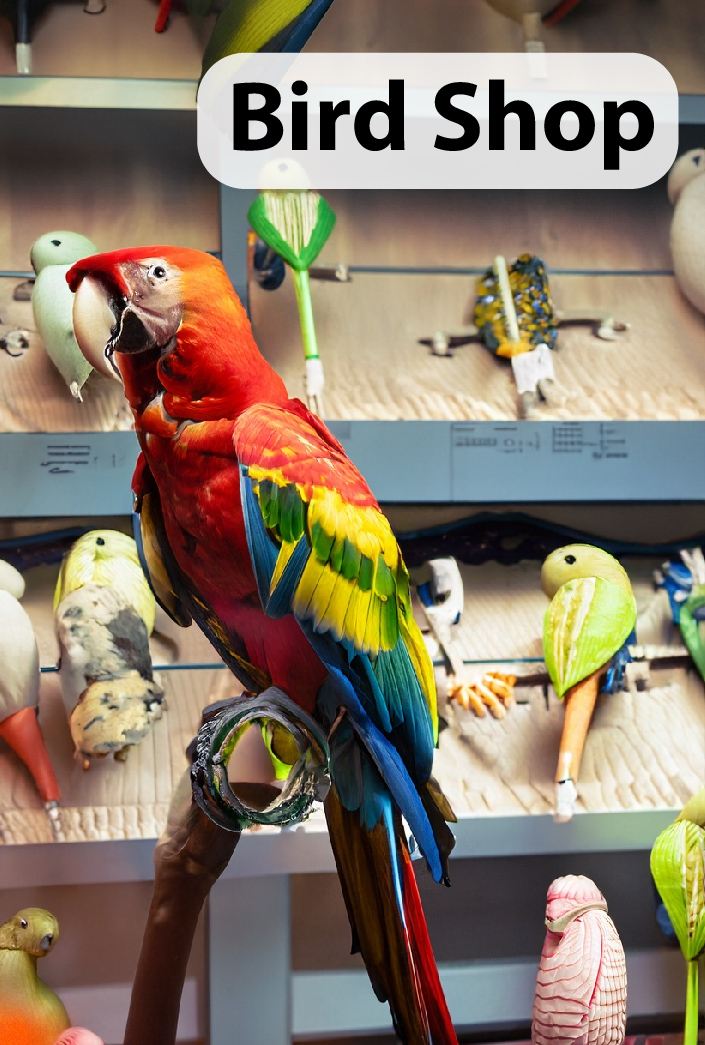


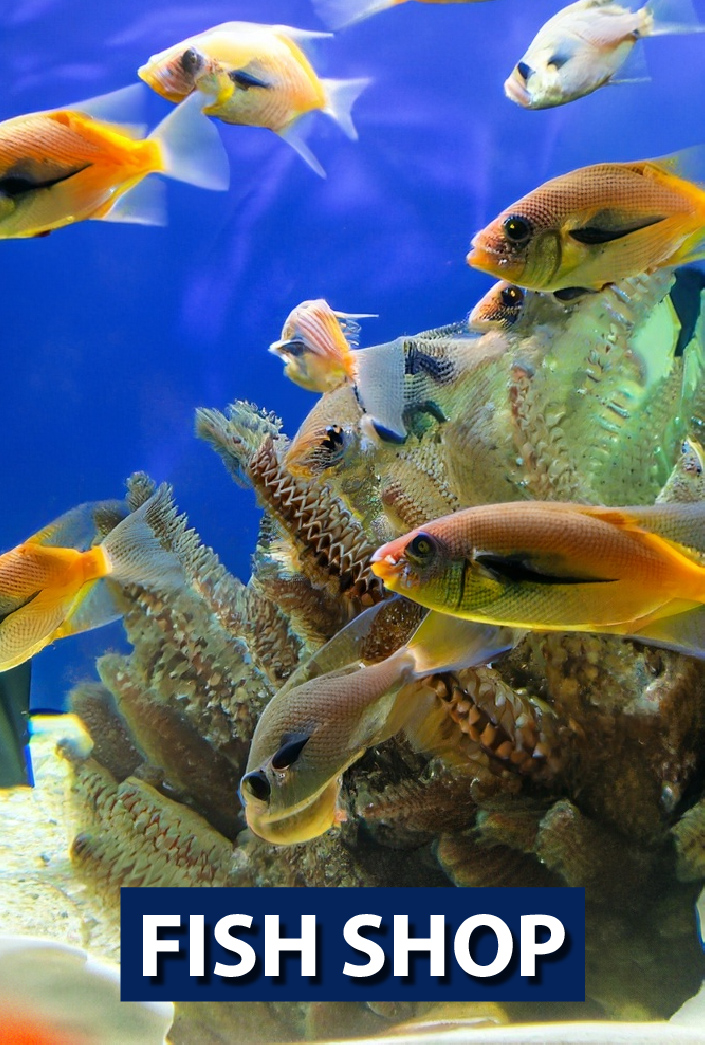
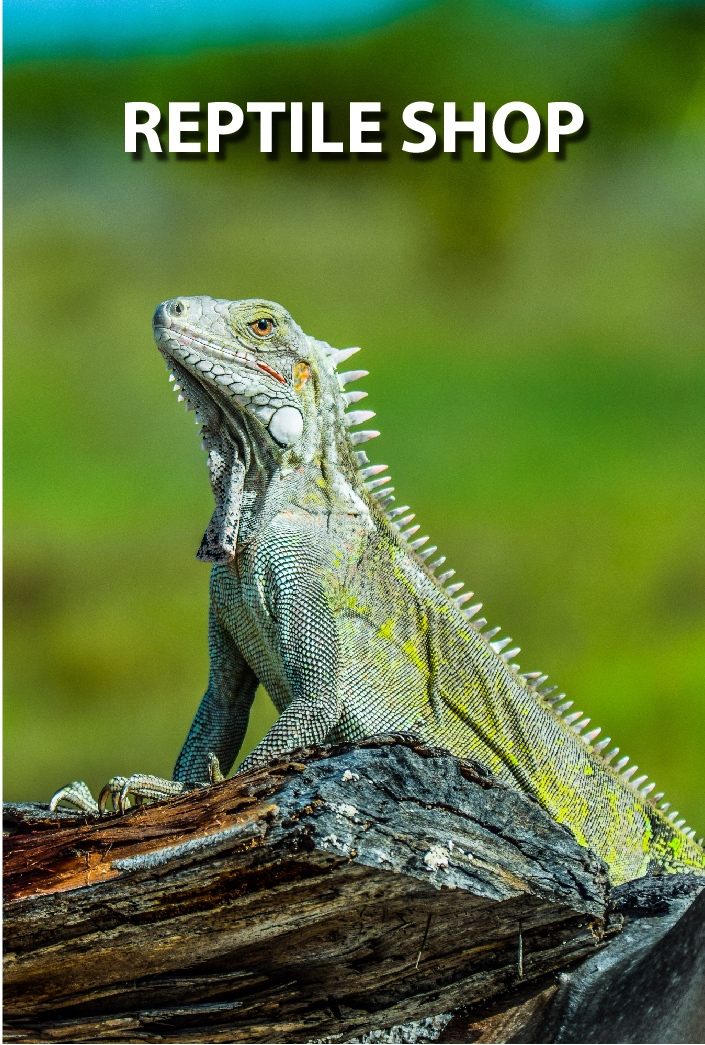
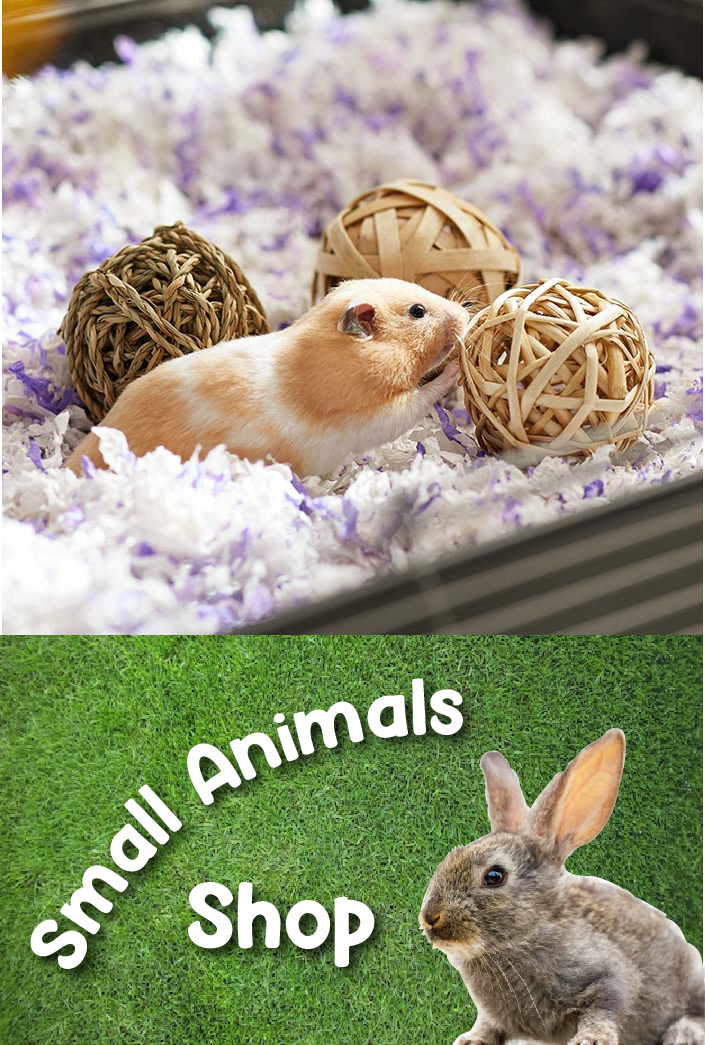
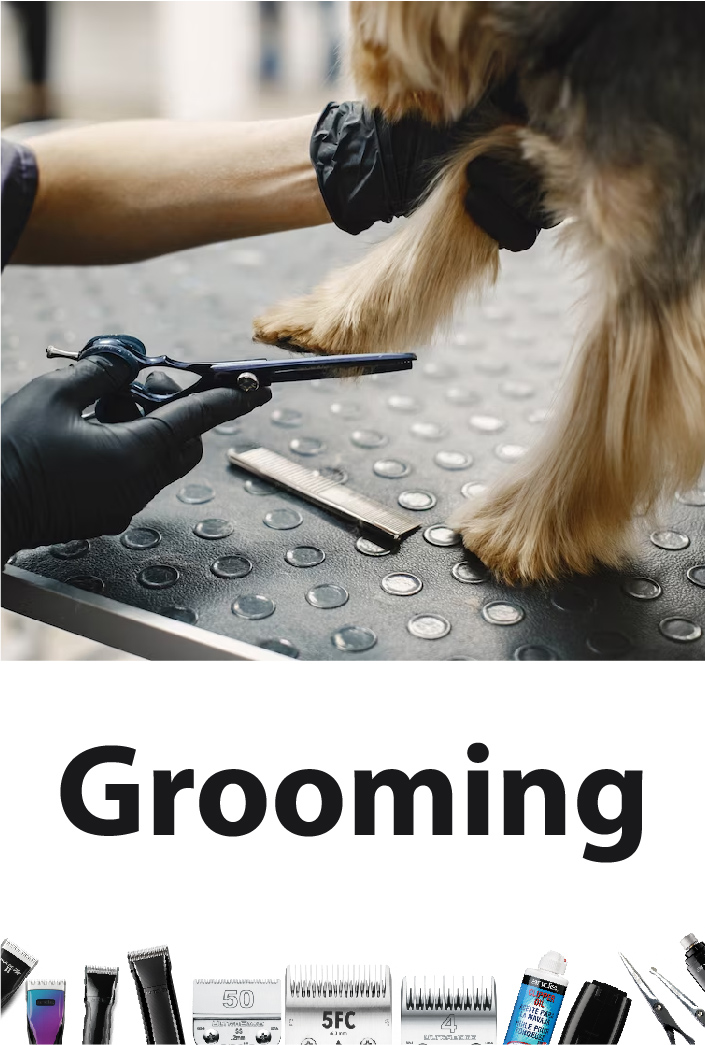



 Next Day Delivery
Next Day Delivery
 60 Min Delivery
60 Min Delivery











